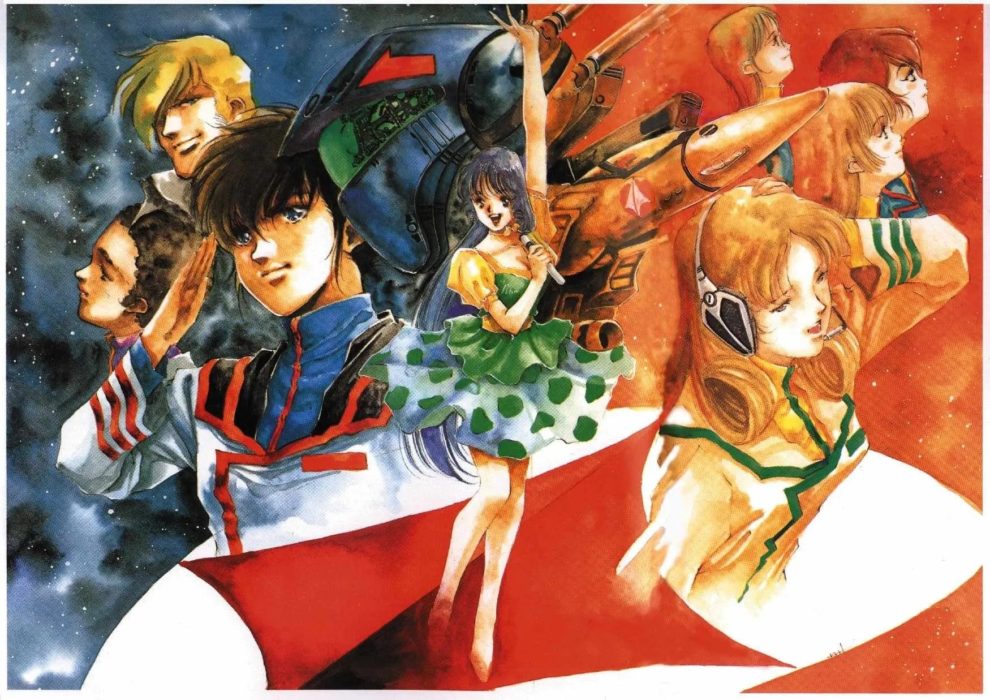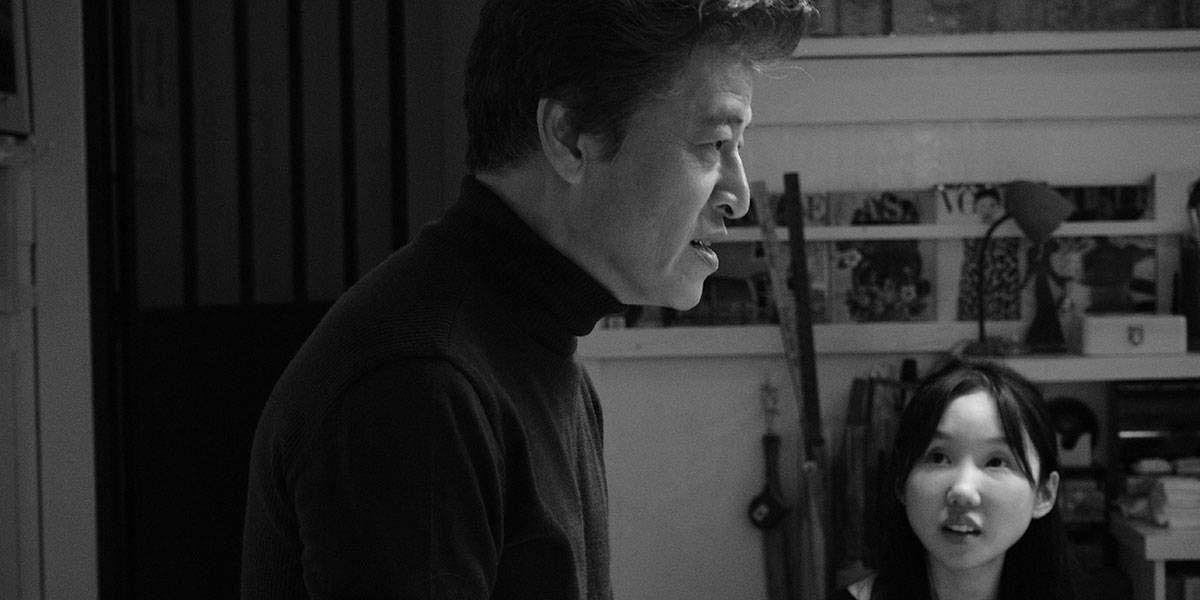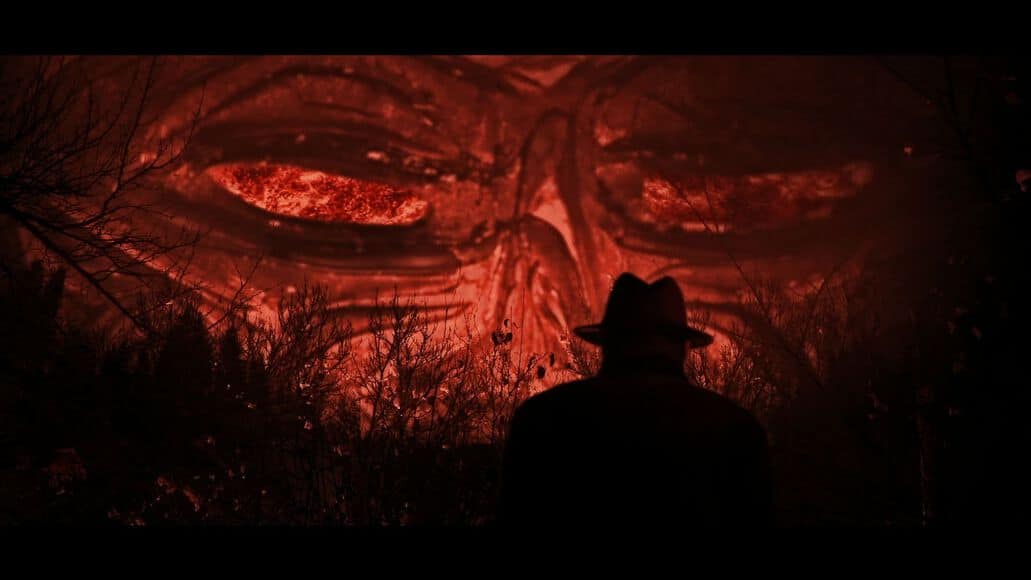“Super Dimension Fortress Macross” created by Studio Nue, is another huge anime franchise from Japan, which has been popular since the first series aired in 1981. Also known as “Macross” and “Robotech” in its international version, it consists of four TV series, four movies, six OVAs, one light novel, and five manga series, all sponsored by Big West Advertising, in addition to 40 video games set in the Macross universe, two crossover games, and a wide variety of physical merchandise. Furthermore, it created one of the first anime idols Lynn Minmay, turning her voice actress Mari Iijima into an instant celebrity, and launching her musical career.
Buy This Title
on Amazon by clicking on the image below
In 1999, a city-sized alien spacecraft crashes in South Ataria Island on Earth. Over the course of 10 years, the military organization U.N. Spacy reverse-engineers its technology and rebuilds the spacecraft, naming it the SDF-1 Macross. In 2009, at the launch ceremony of the Macross, a young civilian pilot, Hikaru Ichijyo, comes to visit the Macross upon U.N. Spacy pilot Roy Focker's request. During the launch ceremony, a space war fleet from an alien race of humanoid giants arrives into the solar system and identifies the Macross as a former battleship used by their enemies, the Supervision Army. As the aliens, known as the Zentradi, approach the Macross, the original systems override the crew's commands and fire its main cannon, wiping out the advance alien scouts and starting a war.
While Hikaru takes the new VF-1 Valkyrie on a test flight, the aliens retaliate. He then encounters Lynn Minmay and rescues her from the aliens, with the two ending up lost in an unknown part of the huge ship, in a series of scenes that kickstart their romance and include the sole scene of nudity in the whole anime. The Macross crew attempts to use the experimental “Fold System” (faster-than-light drives) to escape to the Moon's orbit, but instead it accidentally takes the Macross and South Ataria Island to the edge of the solar system. The people from the Macross salvage everything they can, including the city surrounding the ship and its civilians (who have survived in special safety shelters, which were transported along intact), and attach two aircraft carriers to the ship. Since the fold systems have vanished after the jump, the Macross is forced to make its way back to Earth by conventional power.
The Zentradi suspect the humans might be their creators, the Protoculture. Under the command of Britai Kridanik and Exsedol Folmo, they plot ways to understand them. Fearful of their old combat directives of not interfering with Protoculture, the Zentradi perform attacks to test their theories about the people on board the Macross, and even have their Zentradi soldiers “micloned” (miniaturized) to learn more about their culture.
Essentially the 36 episodes of the series are split into three parts, with the two dichotomies being the return to Earth and the eventual abandoning of the planet some time later. In that fashion, the first and most impressive part focuses on the ways the crew adapt to their space travel, while facing constant attacks from Zentradi, who hold back their full power though, as they are desperate to capture the ship intact. In the beginning, some elements of humor also exist, particularly regarding the clumsiness of Captain Global, the captain of the ship, and the tension between the undisciplined Hikaru and his commanding officer, Misa Hayase, whose strictness is an integral part of the “bridge politics”. These politics also include Claudia LaSalle, another officer in the bridge who retains a highly unsatisfying-for-her relationship with captain Focker. These elements, however, are set aside for most of the first part, as the focus is on the action. In that regard, the impression the first battles, and especially Rick's initiation as a pilot and his subsequent progress, is rather significant, with the combination of the fighter planes that can turn to full-mechas and also a middle form that is somewhere between, the abilities of Macross, and the destruction they cause to the Zentradi phallic battleships offering some of the most memorable moments in the series. The drawing of all the aforementioned is truly top-notch, particularly when one considers the age of the series, with the same prowess applying to both the animation and Haruhiko Mikimoto's character design, which results in a plethora of truly unique characters, who are utterly set apart despite their rather big number.
This last element also owes much to the analysis of the majority of them, in another of the anime's traits, which becomes even more intense in the second part, after the ship has returned to Earth. In this segment, the erotic triangle that had been shaping in the first part, between Minmay, Hikaru and Misa becomes more palpable, as Minmay's singing career turns her into a superstar, also among some of the Zendradi who have been “micloned” (miniaturized) and infiltrated Macross in order to learn more about their culture. As Minmay becomes more and more popular, her free time becomes less and less, annoying Hikaru who feels left out, particularly after the appearance of her cousin, Kaifun, an anti-militarist who hates everything about the army, seems to have a thing for Minmay, and soon becomes her manager. At the same time, Misa's feelings for Hikaru continue growing, particularly after their capture by the Zentradi after a rather memorable fight with one of their leaders, Boddole Zer, and their escape, which also includes a kiss between them that shocks the aliens to their very core. Hikaru also starts having feelings for his commanding officer, but he repeatedly ignores them as much as her in favor of Minmay. Misa cannot express her feelings for him, essentially communicating them through constant bickering. That the rest of her colleagues in the bridge realize what is happening adds another level to the “bridge politics”. The whole concept of who Hikaru chooses actually lasts until the very ending of the series.
Another very interesting aspect of this segment starts with Hikaru's promotion, and his taking up two underlings, ace-pilot Max Jenius and loud-mouthed buffoon Hayao Kakizaki. The former's arc, and particularly his interaction with Milia Fallyna Jenius, a female ace pilot of the Zentraedi, is another of the greatest assets of Macross, while his fighting abilities offer some of the most exciting fighting scenes here.

The presence of Millia and the three micloned Zendradi eventually leads to another element, as Robotech leadership are starting to think about peace with the aliens, a concept that brings us gradually to the third part of the series. The resistance the people from both sides meet induces the narrative with a number of sociopolitical and philosophical comments, with the way the Earth leadership functions being particularly despicable, as much as that of the mad dog of the Zentradi, Quamzin Kravshera, who emerges as the arch villain here. The question of whether people can change is rather intense, while in conjunction with the aforementioned romantic aspect and the fate of the humans in Macross ship, results in the series taking a distinct dramatic turn. Also of note is the transformation of Exsedol Folmo, who eventually becomes a crucial part in the efforts for peace.
At the same time though, the whole thing is milked significantly after a point, and particularly after episode 27, with the creators of the anime seeming like they desperately tried to prolong it, resulting in a series of dull episodes, with particularly the whole triangle between the three protagonists being “exploited” to death. The ending definitely compensates, but a bit of a bitter aftertaste does remain after the end of the series.
Apart from this issue, though, “Macross” is a truly great series, one that has stood the test of time, at least in terms of context, and a must-watch for all fans of anime. On a personal note, regarding the US-Harmony Gold version, “Robotech”, I have to say that it is definitely better in terms of music, but not much different altogether. After having watched both, I have to say I now prefer the Japanese one.

















